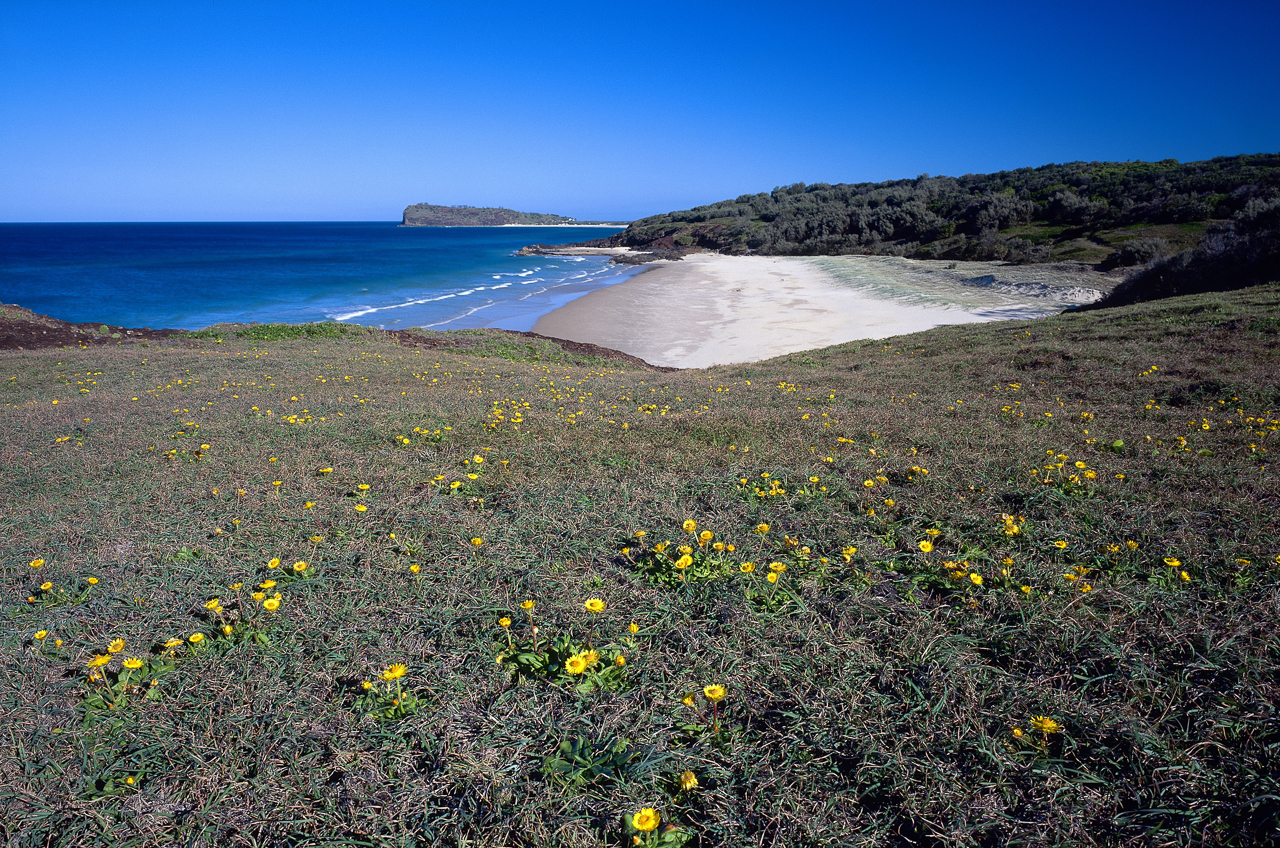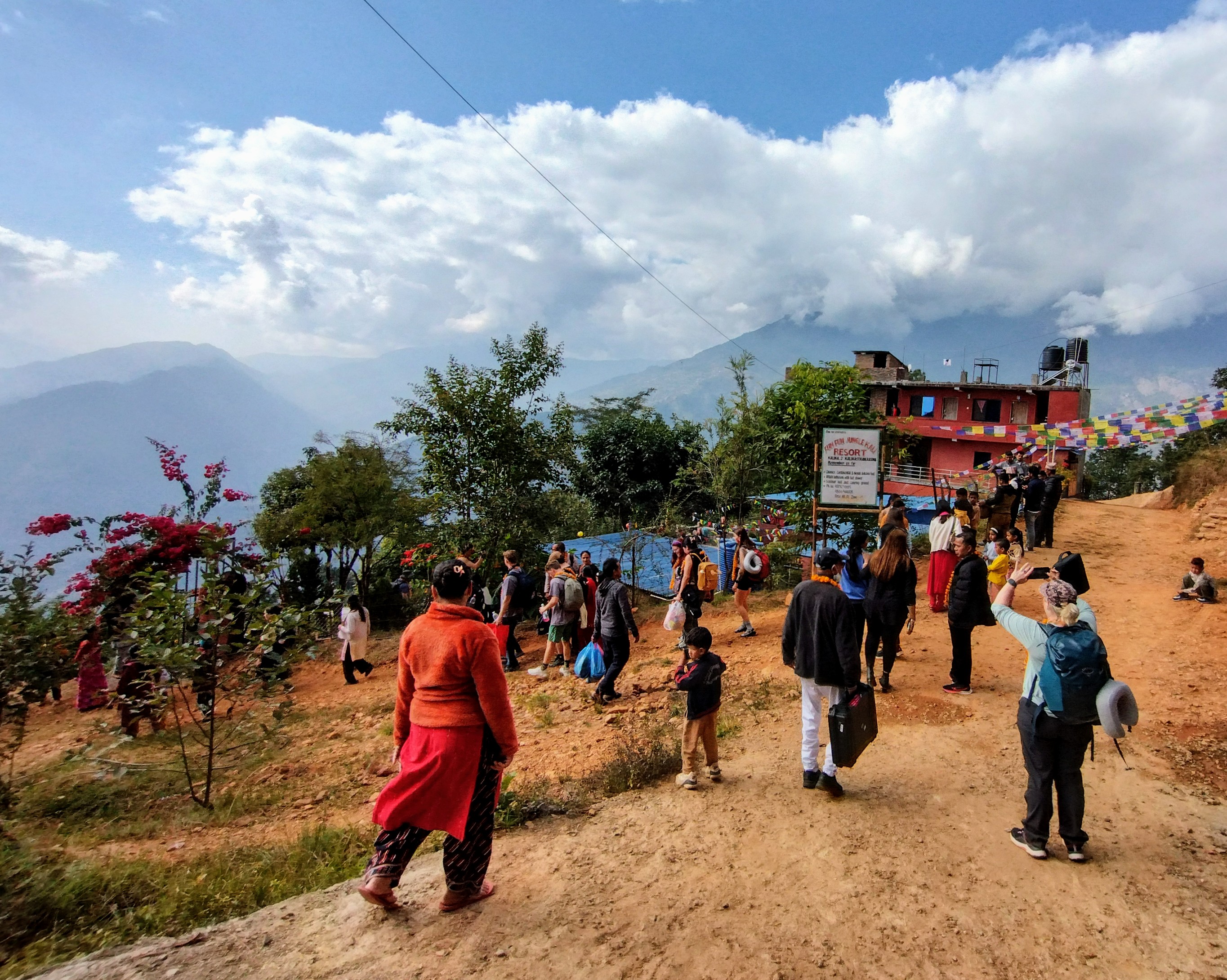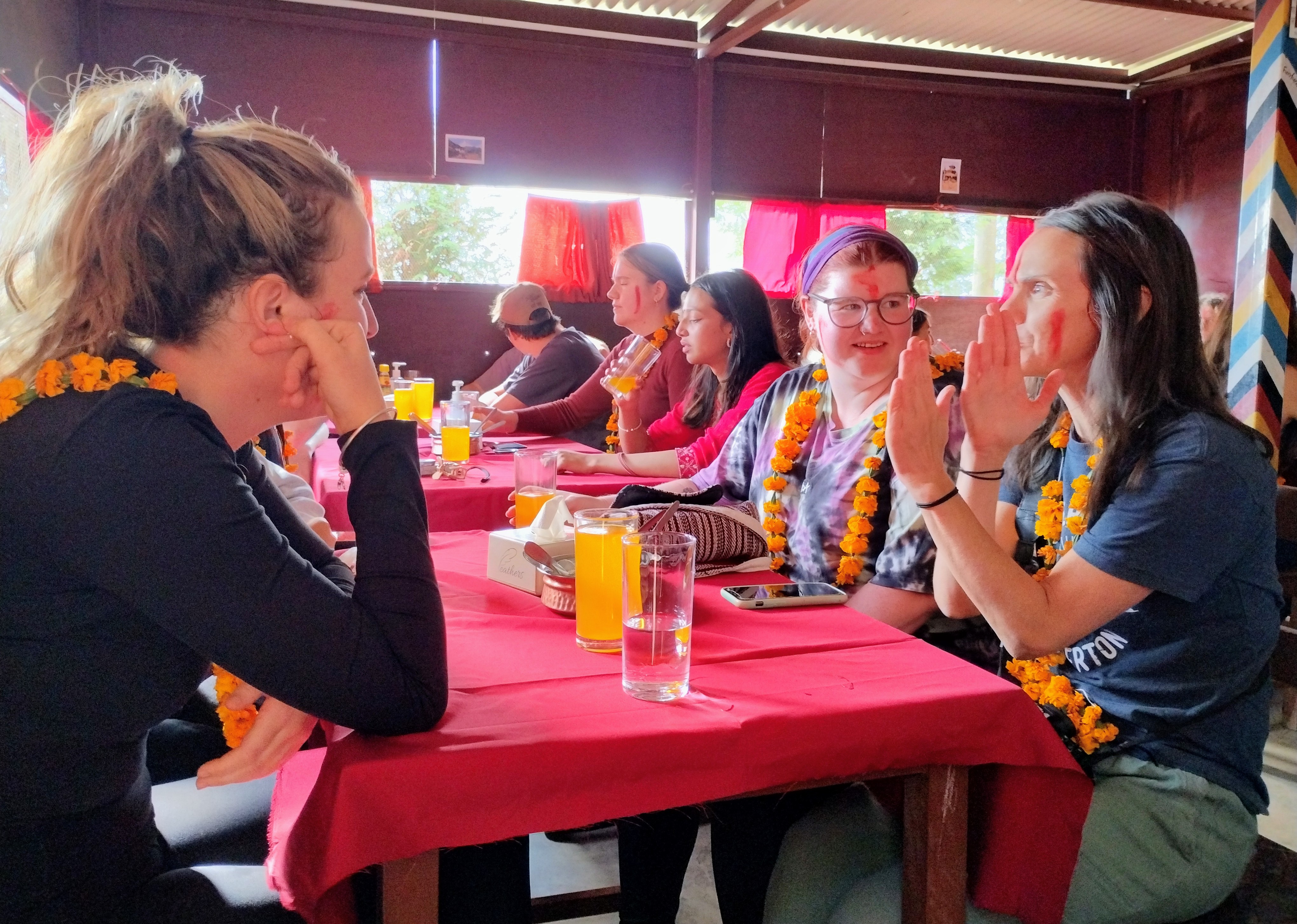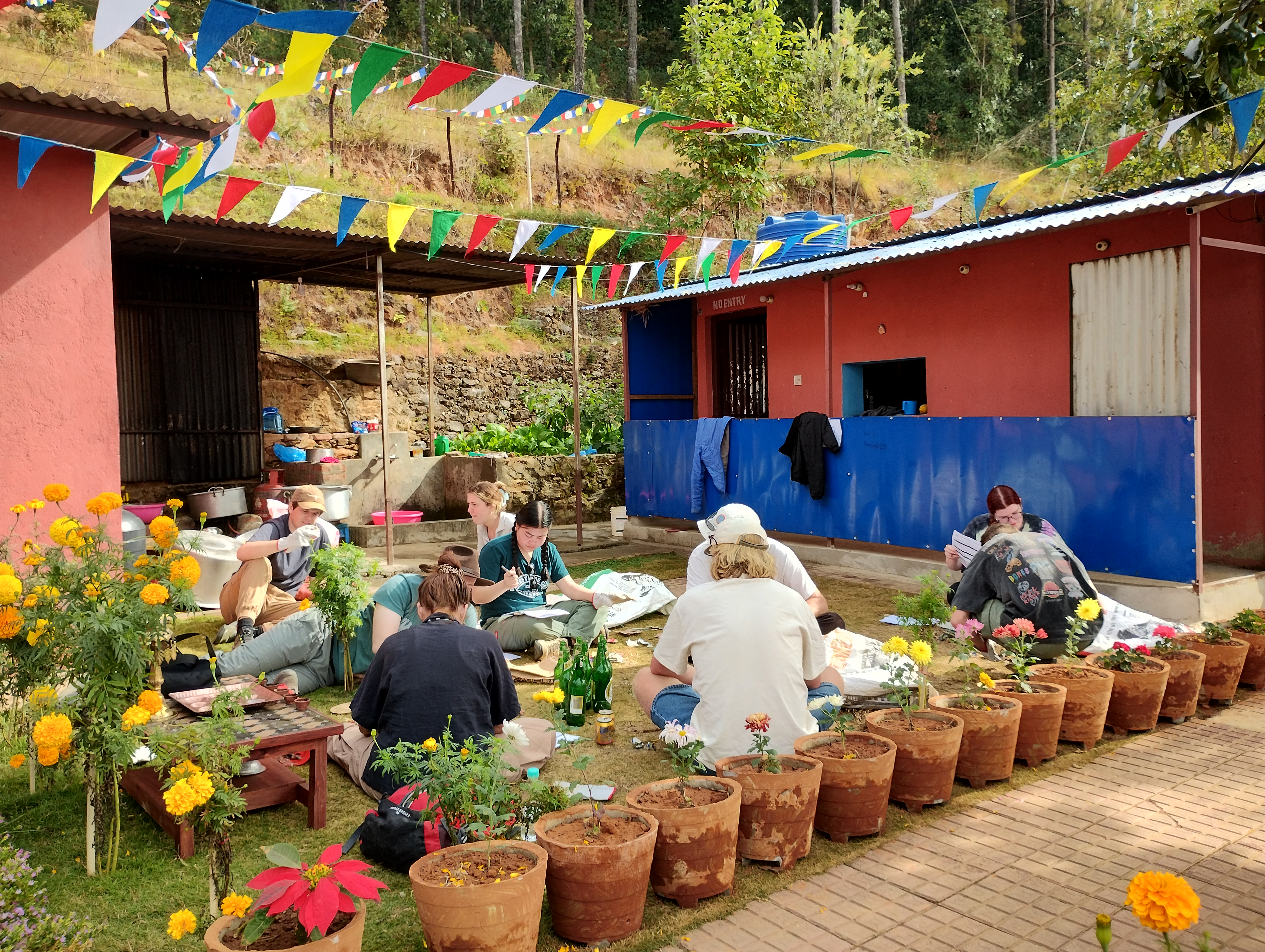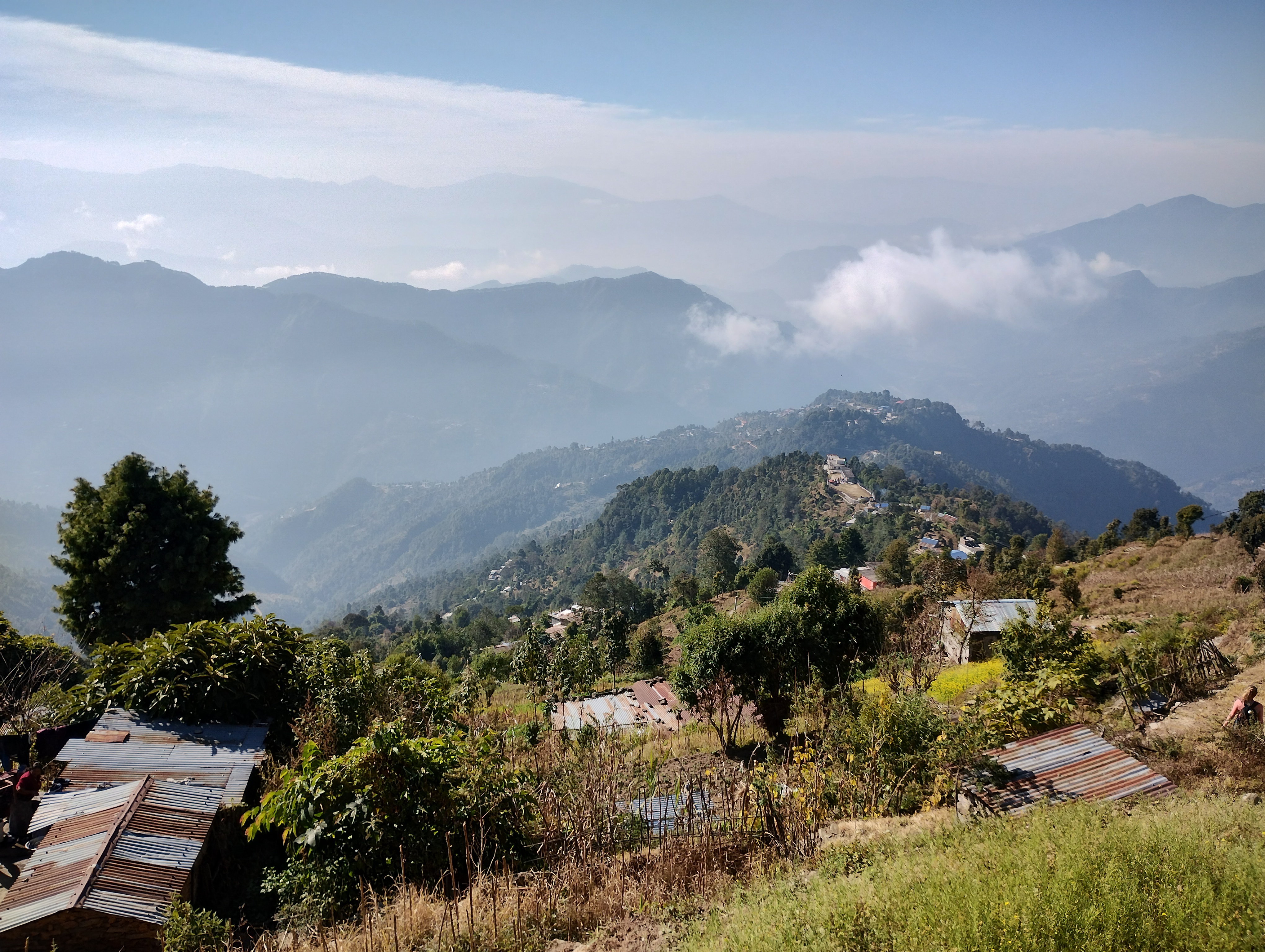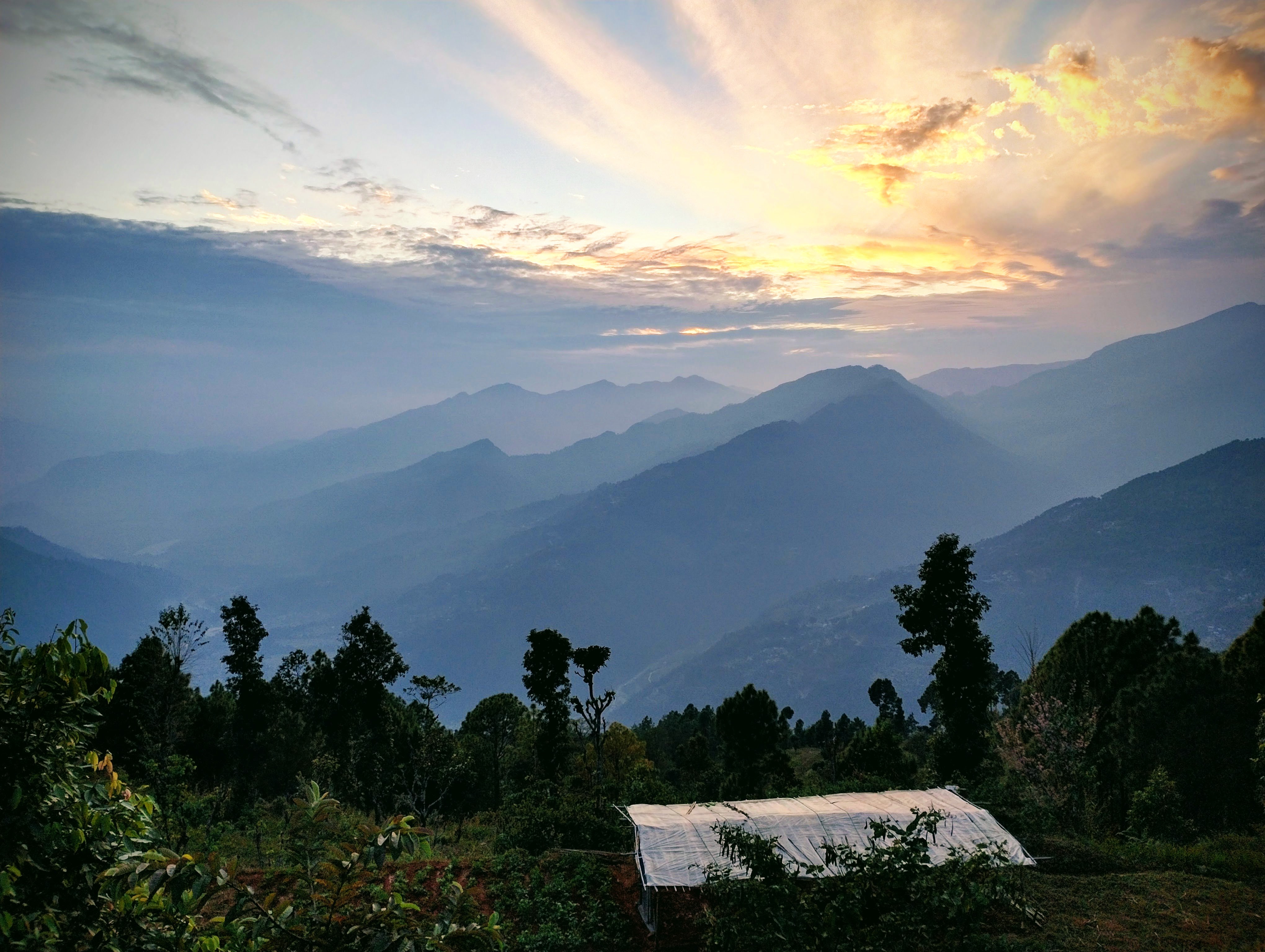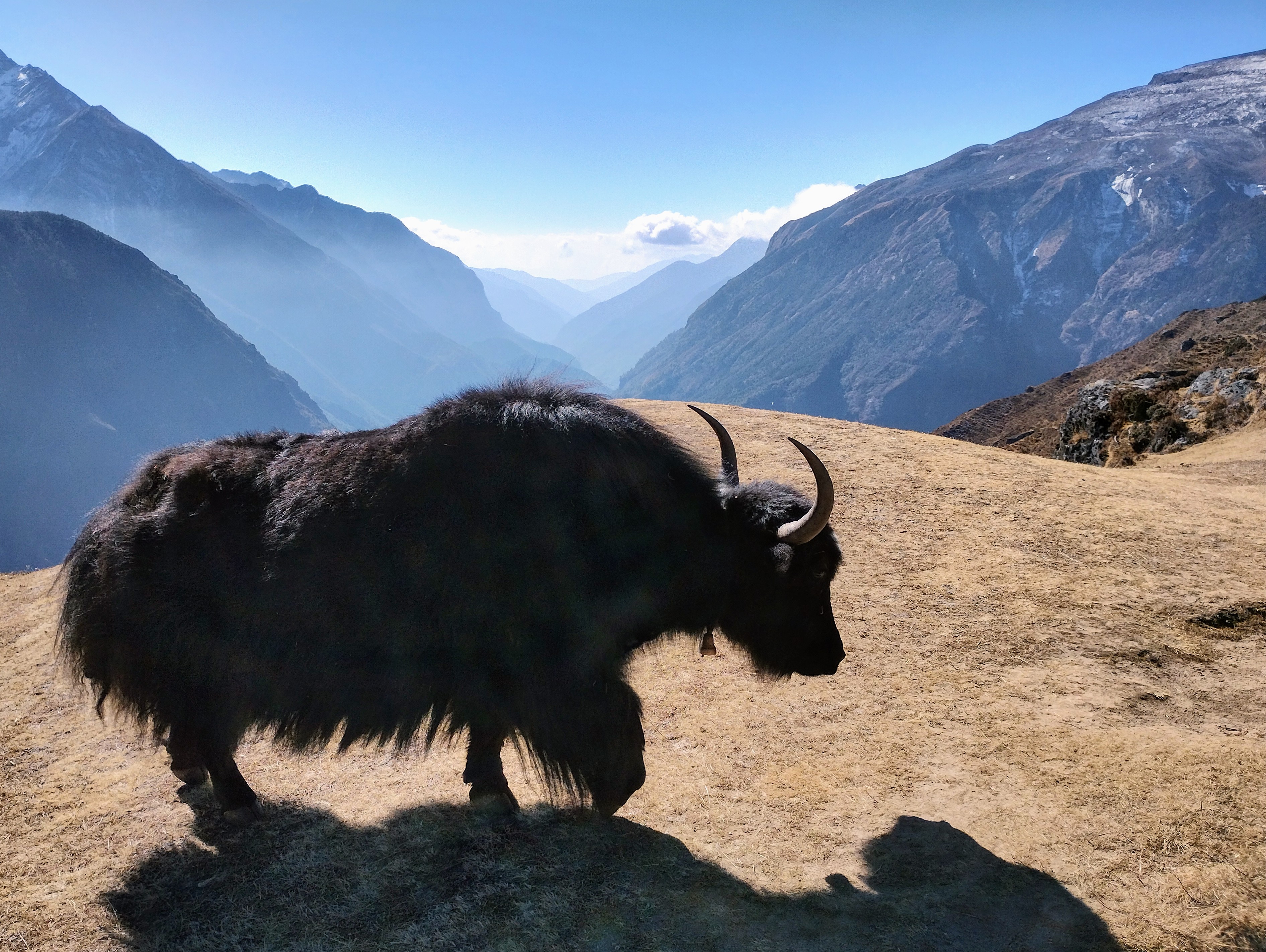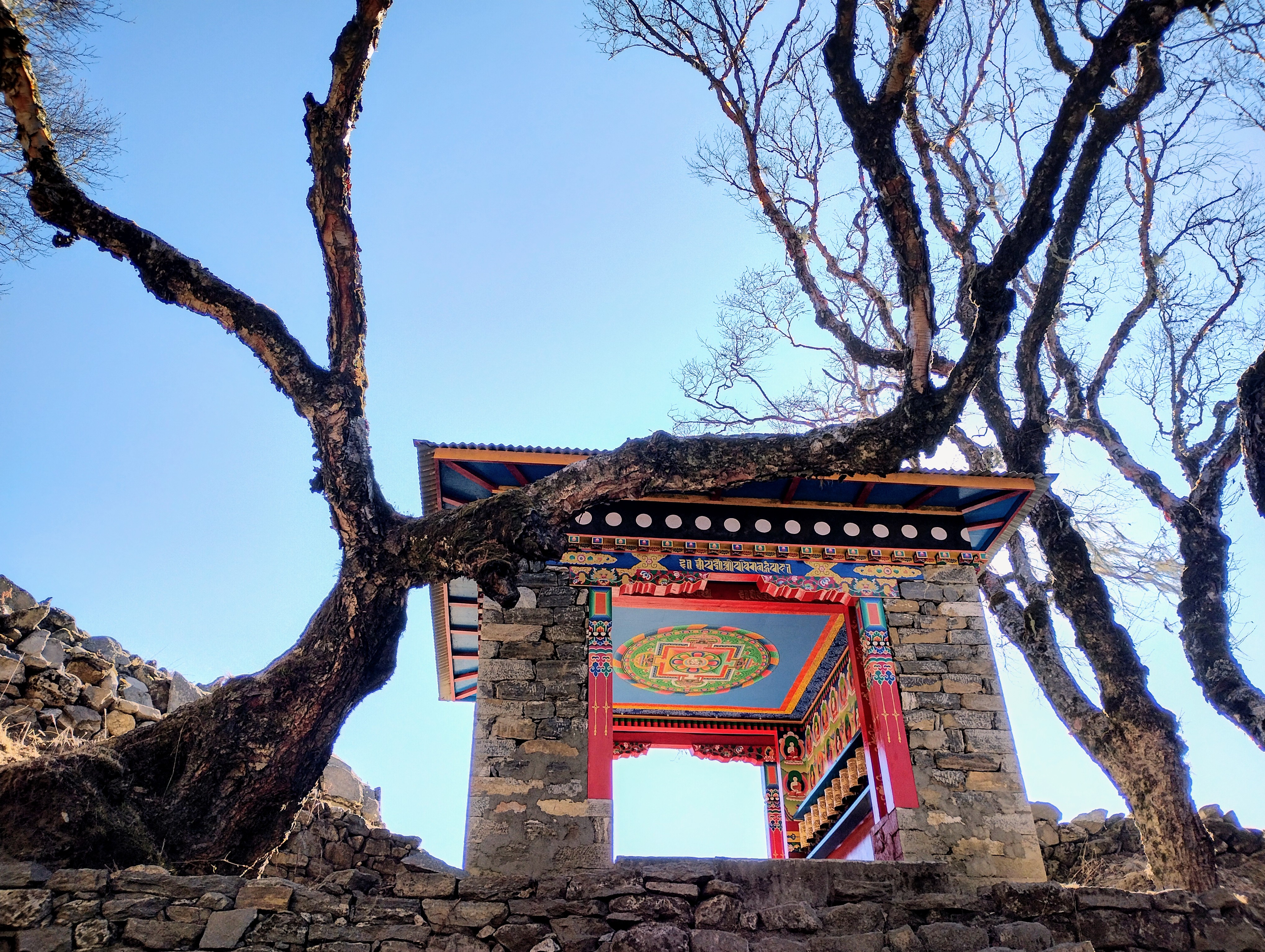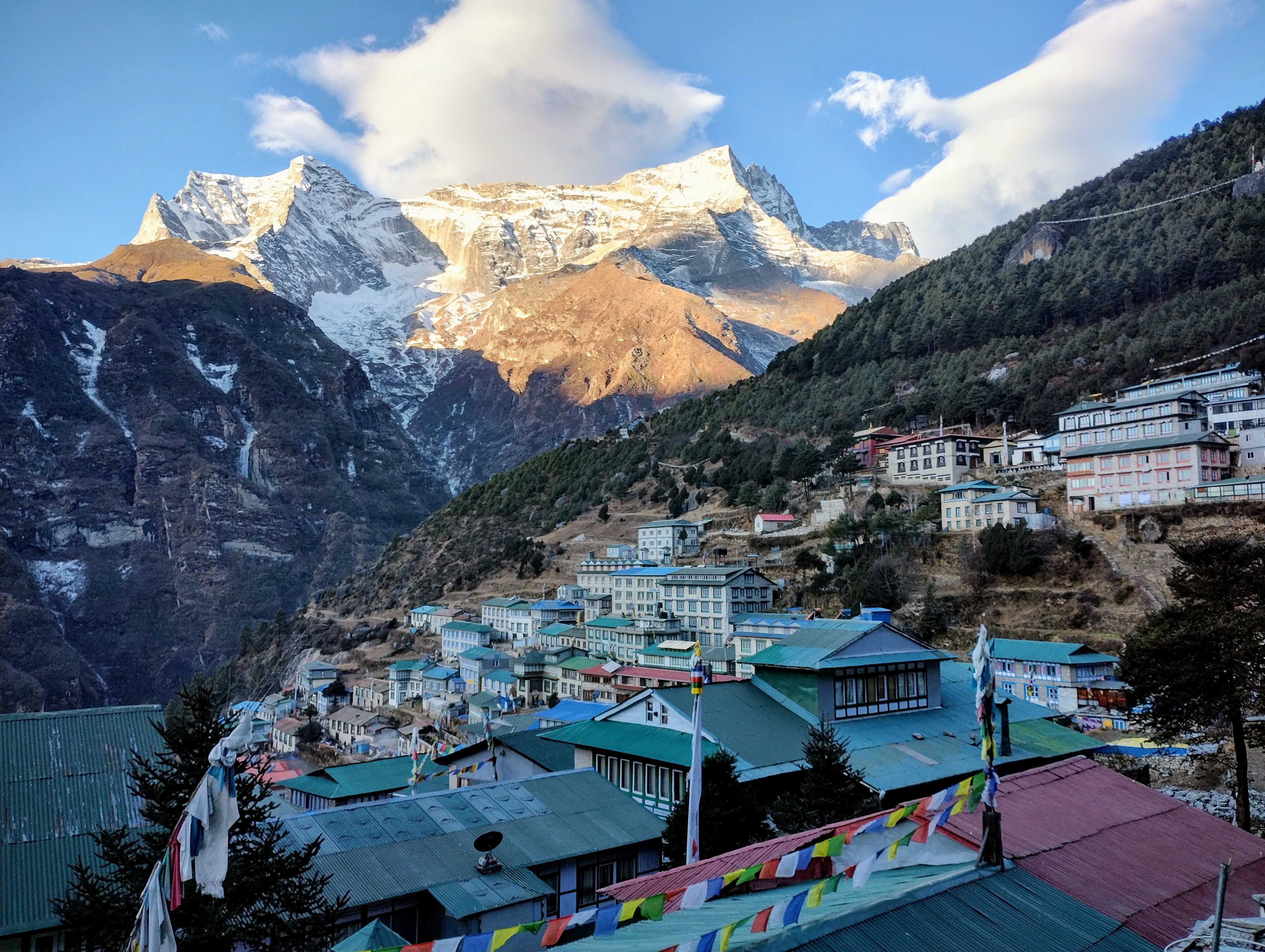Our Team
Why this Cluster exists
UniSC has a unique range of research skills that can, in concert, produce more powerful tools to assess environmental conditions and to detect critical environmental change. UniSC is the world’s only university operating within three UNESCO Biosphere Reserves and a UNESCO World Heritage Site, and there is a strong expectation in the community that we engage in meaningful work to protect these iconic landscapes in the face of global change and rapacious regional population growth. It is astonishing that to date we have not pooled these complementary skills into a focused area of research and engagement strength – this is why our cluster exists.
The Iconic Landscapes and Environments cluster will formalise linkages between researchers working together on the common goal of advancing the environmental protection of iconic landscapes. Establishing this cluster will deepen and broaden the mapping, integration and growth of research competencies and synergies, enabling targeted leveraging of existing capabilities. Additionally, it will provide a named node for internal and external queries seeking work in these fields.
We expect the team to work closely with other UniSC cluster teams, and our primary collaborators are expected to come from the Sustainability Research Centre. Our primary national partner is the coastal studies unit of Flinders University (Prof. Patrick Hesp).

Our work
The Iconic Landscapes and Ecosystems cluster articulates and responds to two strategic demands, reflecting the need to mitigate anthropogenic threats and to meet community aspirations.

1. Cross-disciplinary knowledge to protect Iconic Landscapes under threat
One of UniSc’s greatest assets is its stunning geographic setting amidst a mosaic of iconic and spectacular landscapes, diverse wildlife, and ecosystems. These irreplaceable assets are increasingly imperilled by multiple stressors arising from urban expansion at the regional level to climate change at the global scale.
Adequate and effective measures to mitigate these escalating pressures, and adapt to them when necessary, require fresh cross-disciplinary insights and tools – the diversity of skills that the cluster members bring to this task will be a valuable and effective strategic asset.

2. Engagement to Meet Society’s Aspirations
UniSC’s broader communities have a long, meaningful and deep connection to these natural assets. They expect UniSC to develop more effective tools to counteract human stressors causing harm to assets they cherish.
We will meet these expectations with the track record of its members as passionate advocates for the environment, demonstrating our commitment to this strategic imperative.
An important part of our work involves expeditions to some of the most iconic destinations on the planet.
These expeditions enable us to conduct our research in an intimate and low-impact manner in some of the remotest parts of the world. They also provide opportunities for our students to explore their own research interests whilst, just as valuably, learning more about themselves.
Below are some images taken from a Teaching and Research expedition to Nepal in late 2023, that was supported by funding from the Australian Governments' New Colombo Plan.
Our impact
Our impact is measured by the recognition received by our members, their research output, funding received and collaborations established. Below is a snap shot of the achievements made so far, with work continuing on an ongoing basis.
- Our cluster members are internationally recognised authorities in sandy beach ecology and coastal conservation (Schlacher), coastal geomorphology (Hesp), geospatial analysis (Srivastava), environmental modelling (Wiegand), and environmentally-focused engineering (McCallum).
- Our research output collectively stands at >300 papers in peer- reviewed journals, including publications in Science, Nature Reviews Earth & Environment, and Biological Reviews - see below for a sample of some of the recent work published.
- The pool of external research funding stands at > AU$6 million, including ARC Discovery and Linkage Grants awarded to cluster researchers.
- Our researchers have extensive and long-standing international collaborations that include joint work in remote iconic landscapes of NZ, the UK, EU, and the US (McCallum), numerous coastal geo- morphology projects on all continents (Hesp) and a geographically diverse network of international collaborative projects examining marine shores (Schlacher).
- Further evidence for international recognition comes from appointments to major science committees (e.g. Census of Marine Life) and an editor-in-chief role (Schlacher - COASTS).
Publications
A sample of some of the recent published work cluster members have been involved with.

Cluster member involved: Associate Professor Sanjeev Kumar Srivastava
Mangrove ecosystems have high ecological and economic value mainly because of their ability to sequester large amounts of carbon and protect shorelines. Monitoring such ecosystems with earth observation data analytics is necessary to achieve deeper insight and subsequent conservation strategies. The Sundarbans is the world’s largest contiguous mangrove forest, and Sundarbans National Park is a part of this world-famous mangrove forest in India. To examine vegetation change in this region, we used a planetary-scale tool, the Google Earth Engine. A time series of the surface reflectance product of Landsat 8 between 2014 and 2020 was analysed using annual median images. NDVI and dNDVI were derived to monitor vegetation cover change. While we noticed no major changes in the vegetation cover throughout the study area, the coastal regions, especially the southern end, showed significant changes. There were both mangrove vegetation gains due to land accretion and mangrove loss due to erosion and cyclone damage. This study will be useful for long-term monitoring of the imperiled Sundarbans ecosystem to measure any major changes.

Simple method for estimating snow strength using CPT sleeve friction data
Cluster members involved: Dr Adrian McCallum and Dr Aaron Wiegand
The in situ strength of polar snow is not easily measured; most assessments rely on indices derived from snow density and/or are limited in depth. To overcome these deficiencies, modified cone penetration testing (CPT) equipment is used to obtain rate-variable tip-resistance and sleeve-friction data in Antarctic firn to depths of 10 m. A physical model of snow deformation ahead of the penetrating cone is considered to allow generation of a continuous profile of snow strength. Dynamic profiling of strength to depth in polar snow is possible using the cone penetration test. However, more in situ strength data are needed to comprehensively validate the simple method presented herein.

Global Coasts: A Baroque Embarrassment of Riches
Cluster member involved: Professor Thomas Schlacher
Coasts form the universal stage on which people interact with the global ocean. Our history is inextricably intertwined with the seashore, being a rich tapestry of archaeological sites that paint a vivid picture of people hunting, foraging, fishing and scavenging at the edge of the sea. Seascapes inspire diverse art forms celebrated through the ages. The world’s sandy beaches have a flummoxing duality of anthropocentric purpose ranging from the horrors when being theatres of war to first love under a rising moon. ‘Man’s Love of the Sea’ continues to draw people towards the shore: the narrow coastal strip contains everything from holiday cottages to mega cities. This coastal concentration of the human population is problematic when shorelines erode and move inland, a geological process fastened by climate change. Society’s response is often a heavy investment in coastal engineering to complement and enhance the natural storm protection capacity of beaches and dunes. The coast’s immense cultural, social, and economic significance are complemented by a wealth of natural riches. In the public’s eye, these ecological values can pale somewhat compared with more imminent ecosystem services, particularly protecting human properties from storm impacts. To rebalance the picture, here we illustrate how peer reviewed science can be translated into ‘cool beach facts’, aimed at creating a broader environmental appreciation of ocean shores.
Whilst bureaucracies are not always well equipped to counteract environmental harm effectively, using measures carrying a social license, many communities and individuals have encouragingly deep values connected to living coastlines. Building on these values, and harnessing the fierce protective spirits of people, are pivotal to shaping fresh models that can enhance and re-build resilience for shores that will continue to be a ‘baroque embarrassment of coastal riches. Read more here.

Cluster members involved: Dr Adrian McCallum and P A Hesp
K'gari in South East Queensland, Australia, is the world's largest sand island and a UNESCO World Heritage Area. The island is covered by extensive coastal dune fields that have been divided into seven morphological units (the Awinya, Yankee Jack, Bowarrady, Triangle Cliff, Freshwater, Station Hill, and Cape). Optically-Stimulated Luminescence dating of the dune sequences indicate that the Awinya unit is > 340 ka, and the Yankee Jack and Bowarrady units are ca. 180 ka old. Holocene dune sequences comprise Triangle Cliff (ca. 8.5 ka); Freshwater (ca. 4 ka); Station Hill (ca. 1.5 ka) and Cape (ca. < 0.5 ka). Combining these data with dune ages from the adjacent Cooloola Sand Mass, we demonstrate that for at least the last three glacial cycles the dunes were emplaced during intermediate to high sea-levels. At shorter time intervals (decades to centuries), some dune formation is affected by storminess. Initial formation of the dune field occurred in the mid-Pleistocene, but the most recent widespread stabilisation of dunes occurred late in Marine Isotope Stage 7 (MIS 7: 190–240 ka). The preservation of dunes relates to antecedent topography coupled with the duration and height of individual interglacial high sea-stands. This research confirms K'gari as an outstanding example of geomorphological processes and supports its World Heritage listing.

Cluster member involved: Dr Charith Rathnayaka
Air pollution has major adverse effects on health and climate. Air pollutant concentration can exhibit significant fluctuations over short spatial distances due to unevenly spread emission sources, meteorological conditions, physical characteristics of pollutants, particles and chemical processes. The increasing concern over atmospheric pollution demands strong predictive models for pollutant dispersion. Traditional models including mechanism-based methods, statistics-based machine learning methods and even chemical transport models often face limitations in capturing complex atmospheric dynamics accurately. Air pollution prediction with Physics Informed Machine Learning (PIML) show potential in overcoming these challenges by combining data-driven techniques with a strong foundation in physics. The integration of advection-diffusion equation with PIML represents a significant advancement as a predictive model for atmospheric dispersion. This potentially ground-breaking approach holds promise for further refining atmospheric pollutant dispersion predictions.
In the news

Liquid marble modelling could be key to carbon capture and storage
A University of the Sunshine Coast researcher is leading a collaborative advanced computer modelling project that could make carbon capture and storage more viable and revolutionise drug delivery.

‘Sweet spots’ the key to habitat restoration success
Habitat restoration projects around the world need to be placed more strategically to be successful, researchers from the University of the Sunshine Coast have found.

